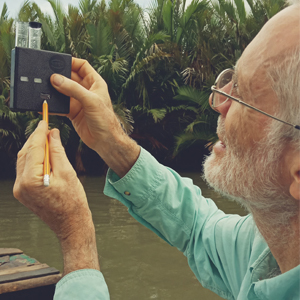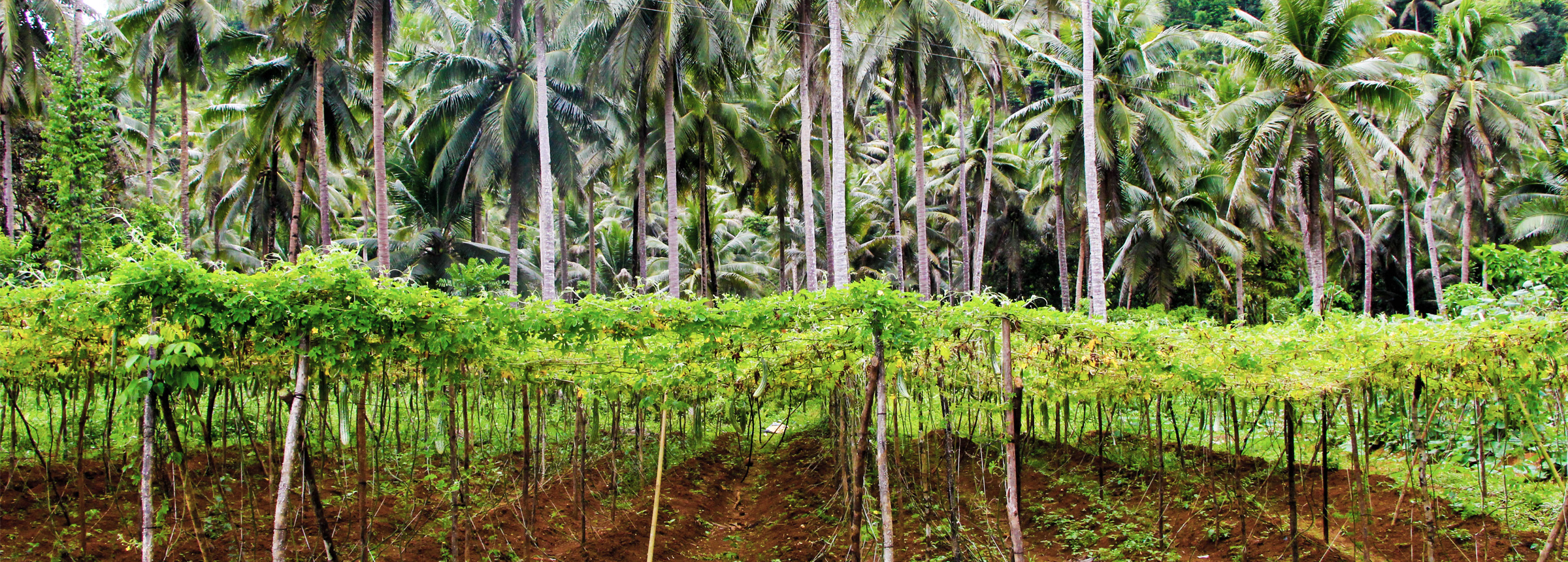
Promoting Sustainable Aquaculture in the Philippines
Dr. Hugh Thomforde

I recently returned from the Philippines, where I was asked to assess and advise on water quality conditions in two areas of the Caraga region of Mindanao where Winrock’s Philippines Cold Chain project, funded by the U.S. Department of Agriculture, is helping farmers and fisherfolk.
These areas have adopted their own distinct technologies for cultivating milkfish, an important seafood staple in Southeast Asia. The first area, near the mouth of the Agusan River, was along a densely populated tidal backwater within Butuan City. The area has been a major population center for more than 400 years, and over the past 10 years the crowded cage farming of milkfish has resulted in the accumulation of anoxic sediment. The second was in an area with excellent environmental conditions, designated for aquaculture development, in offshore waters near Barobo, in Surigao del Sur, with less than half the population density of Butuan City.
In Butuan I worked with two fish producer associations and city officials on ways to improve water quality in their area: to reduce organic loading by enforcing lower stocking densities in cages and to identify (and eventually redirect) nutrient-loaded effluents from both municipal and agricultural sources. Practical solutions seem straightforward, but social and political constraints appear more problematic.
In Surigao del Sur I urged fisherfolk organizations to influence local government policies and limit future entries to the aquaculture industry. I suggested they take heed of aquaculture ecosystems that were managed unsustainably, such as Laguna de Bay and Lake Taal, near Manila.

Offshore aquaculture production doesn’t have to result in environmental deterioration if appropriate limits are established early and implemented equitably as, for example, around Bolinao in Pangasinan, and Ago Bay in Japan. Milkfish production in the Barobo aquaculture park is highly sustainable, for example, because farming operations are sufficiently dispersed and water currents are sufficient to carry organic wastes away from sensitive mangrove ecosystems.
Many cage operators I met in Agusan and Surigao were first-generation fish farmers. When I reflect on the broader scheme of things, it is clear that aquaculture is well-established and thriving in the Philippines, steadily keeping pace with declining capture fisheries — and the specific technologies that prove sustainable in the long term are those that avoid ecological disruption and do not destroy mangrove and other essential habitat.
Dr. Hugh Thomforde earned his Ph.D. in fisheries management from Auburn University and was an aquaculture extension specialist for 17 years at the University of Arkansas. This was his 13th volunteer assignment for Winrock. He writes, “I lived and worked in the Philippines 30 years ago. Filipino culture includes a strong sense of decorum and respect for elders. During this visit, despite my gray hair, I was still called Joe on the street. (Hi Joe! Where are you going, Joe? My friend! Kain tayo! Mane udto! or Come drink with me, Joe!) And I know, from past years, this comes mainly from Filipinos with less knowledge of foreigners. I reflect, after all, that it might date back to interactions with U.S. soldiers during World War II. It reminds me of the reason the biological father of my three adopted Filipino children was legally named Boy Pavia, and one of my Filipino nieces was christened Baby Neri.”
Related Projects

